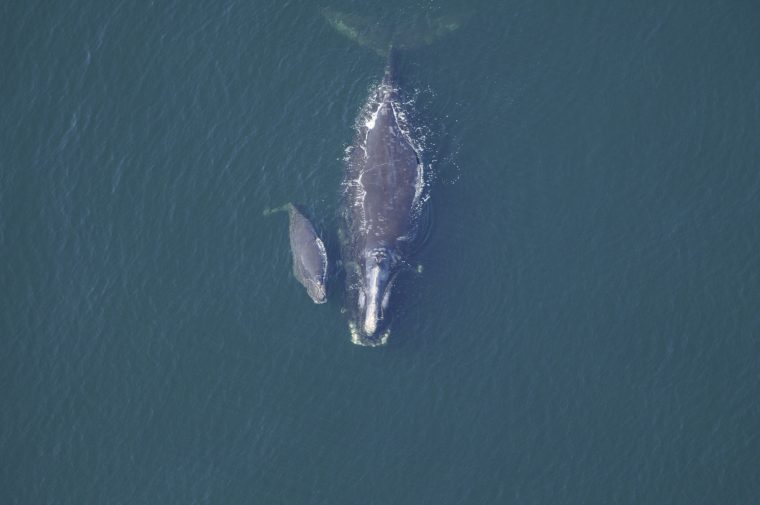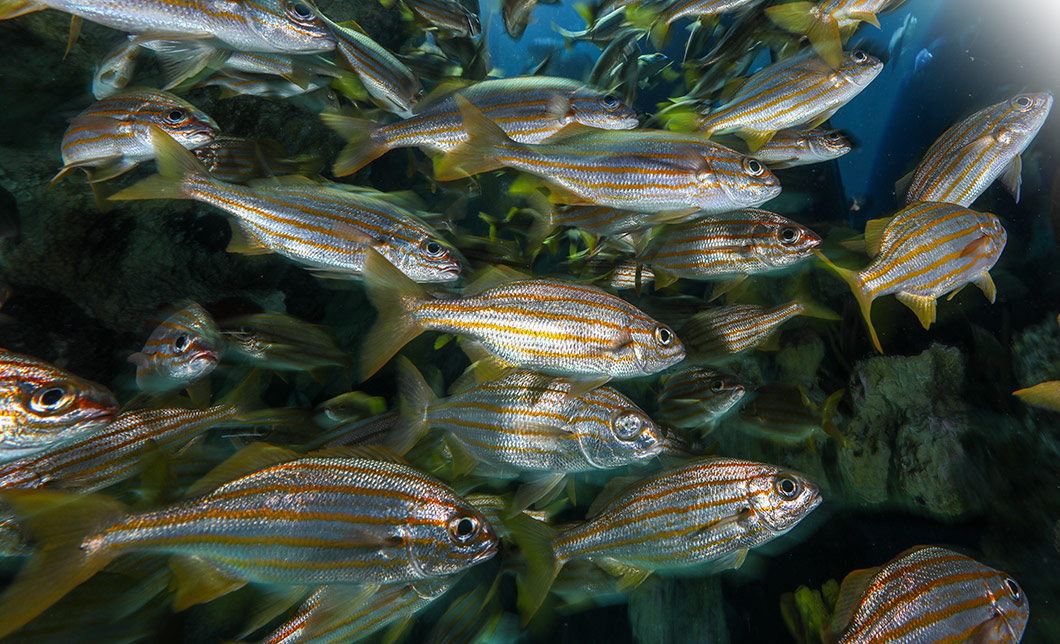We will be closed on Tuesday, April 30, for a day of strategy work and team building.
The New Balance Foundation Marine Mammal Center will be closed for exhibit maintenance on Monday, April 29 and Wednesday, May 1.
Newly named whales include “Twister” and “Musketeer”

BOSTON, MASS. (Dec. 7, 2021) – Another class of 18 North Atlantic right whales have been named for 2021, helping researchers more easily recognize individual whales spotted by boat and plane.
**PHOTOS AVAILABLE HERE—PLEASE USE PROPER CREDIT INFORMATION IN DOCUMENT**
Every right whale is assigned a four-digit number in the North Atlantic Right Whale Catalog, a photo identification database developed by the New England Aquarium for the North Atlantic Right Whale Consortium. Once a year, whales that have particularly distinct features or a compelling story are nominated to receive names. The names are voted upon by more than 30 field researchers in the Consortium.
“Many of us who study right whales have come to look forward to the annual naming effort. This enthusiasm is reflected in the over 280 creative nominations for 18 whales!” said Philip Hamilton, a senior scientist at the New England Aquarium who manages the North Atlantic Right Whale Catalog. “These names not only help us recognize individual whales in the field, but also help the general public connect more to this beleaguered species.”
The Aquarium and Whale and Dolphin Conservation (WDC) once again collaborated to create yearbook-style bios for the whales, after the 2021 class was unveiled at the North Atlantic Right Whale Consortium’s annual meeting in October. Among the newly named whales is “Spindle” (Catalog #1204), a 39-year-old female who has a natural marking on her head that looks like a banister post. Appropriately, her bio lists “Stairway to Heaven” by Led Zeppelin as her favorite song. “Twister” (Catalog #3510), a 16-year-old male who spends much of his time in the Gulf of St. Lawrence and waters of New England, is named for a scar near his tail that looks like a tornado. One of this year’s more creatives names is “Musketeer” (Catalog #4360). This 8-year-old whale, whose sex is unknown, has three fused markings on its head representing the Three Musketeers, with a scar behind its blowholes that looks like the feather on a Musketeer hat.
“WDC is proud to partner with the New England Aquarium in our joint efforts to research and raise awareness of North Atlantic right whales. Using familiar analogies to identify right whales not only helps the research and conservation communities but also makes meaningful connections to these whales for the public, who play a critical role in supporting our efforts,” said Monica Pepe, conservation and education policy manager at Whale and Dolphin Conservation.
North Atlantic right whales are a critically endangered species with an estimated population of just 336 individuals. Giving the whales names based on their markings allows researchers to recognize them in real-time while conducting field work. The New England Aquarium’s Right Whale Research Program has extensively studied this critically endangered species for more than 40 years. Scientists focus on solutions-based work, collaborating with fishermen on new techniques to reduce deadly entanglements in fishing gear, facilitating communication across the maritime industry to reduce vessel strikes, and working with lawmakers locally, nationally, and internationally to develop science-based protections for the whales.
MEDIA CONTACT:
Pam Bechtold Snyder – psnyder@neaq.org, 617-686-5068

